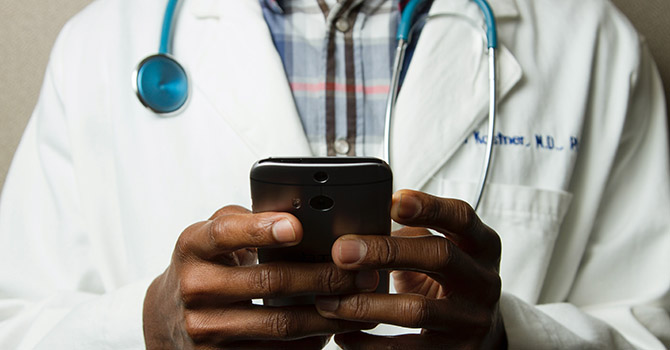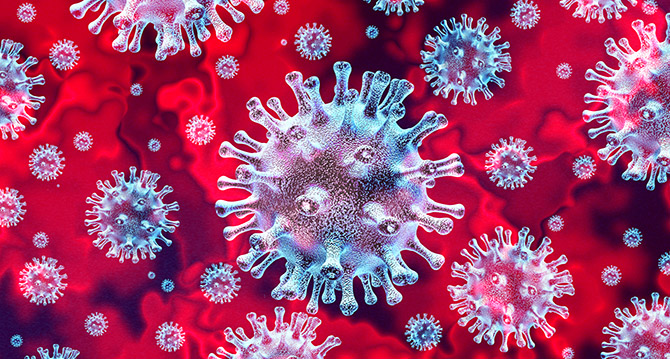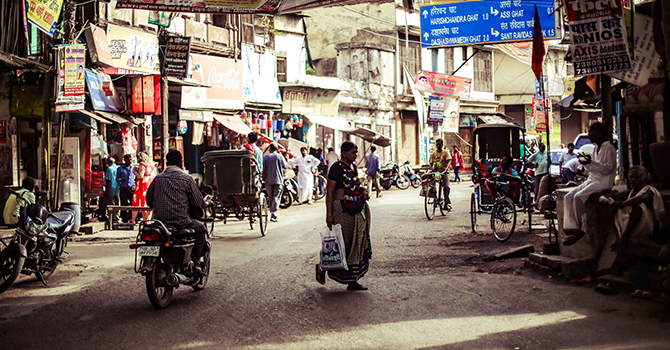
New Analytic Tool Designed to Help Guide Precision Cancer Research and Treatment
New research from Veerabhadran Baladandayuthapani
Researchers can use this model to identify pre-clinical systems or potential treatments for multiple cancer types.

Researchers can use this model to identify pre-clinical systems or potential treatments for multiple cancer types.

The University of Michigan’s OncCOVID app draws on global cancer and coronavirus data to create an individualized mortality risk assessment for receiving immediate versus delayed cancer treatment.

As India passes the grim milestone of two million virus cases and new hotspots emerge in villages, experts are worried infections will now rise exponentially in the world’s second-most populous country, overwhelming its under-prepared hinterland.

Most-populous nations including the US, Brazil, and India face challenges such as multiple outbreaks and the need for millions of tests, with only China making major strides to dial back the pandemic. Bhramar Mukherjee explains the unique factors that India is facing during the coronavirus pandemic.

Despite India's drastic nine-week shutdown and amid relaxing restrictions, the country now has the fourth-largest number of coronavirus cases in the world. Professor and chair of Biostatistics Bhramar Mukherjee offers an update on the trend and how a group of researchers are developing models to visualize the data.

The Michigan Institute for Data Science announced seven interdisciplinary teams, chosen from 49 submissions, will receive funding of up to $30,000 for COVID-19 research. Several of the projects chosen are from researchers at the University of Michigan School of Public Health.